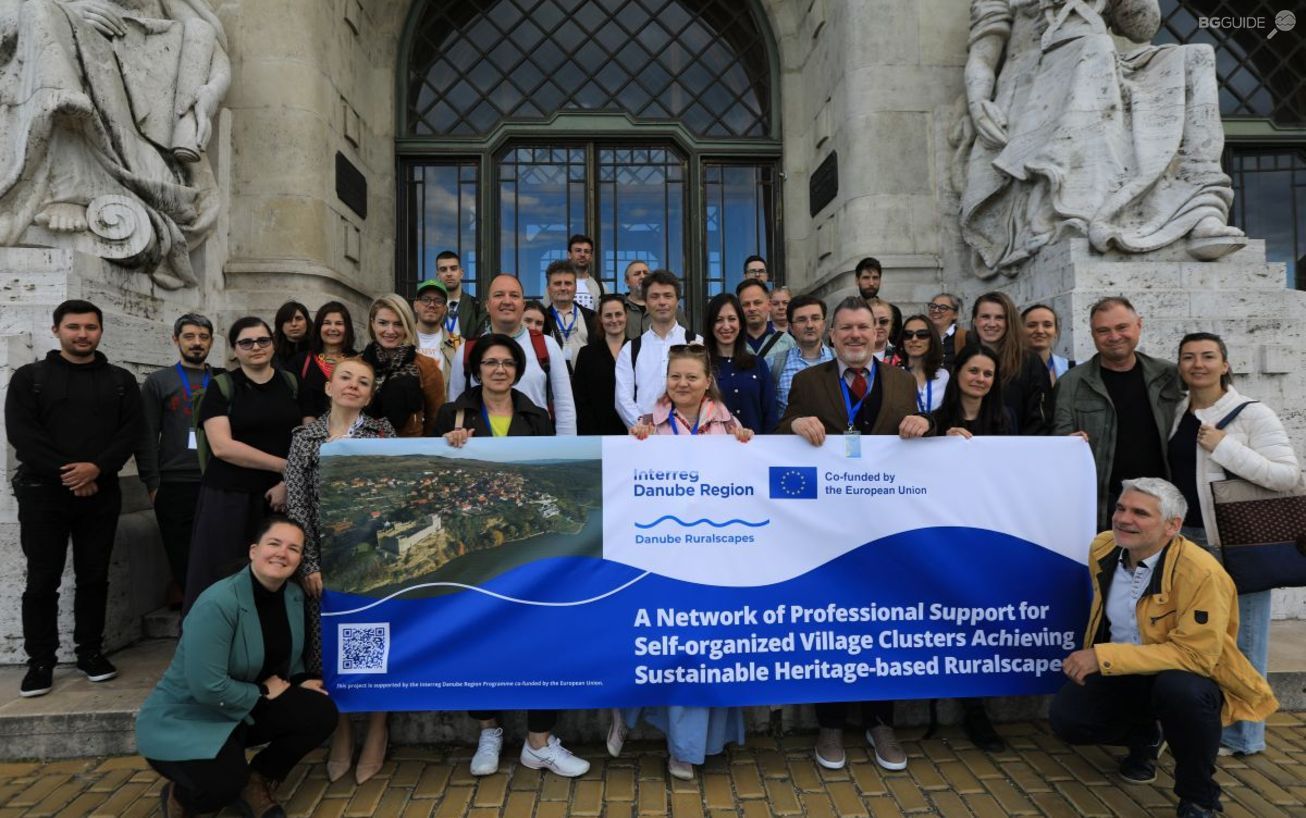
How Danube Ruralscapes Is Turning Heritage into a Blueprint for the Future
In the heart of Budapest, beneath the ornate ceilings of a historic building and within walking distance of the Danube itself, a quiet transformation began to unfold. It didn’t start with big headlines or sweeping declarations. Instead, it began with a map - and a question: What do our rural communities need to thrive in the 21st century?
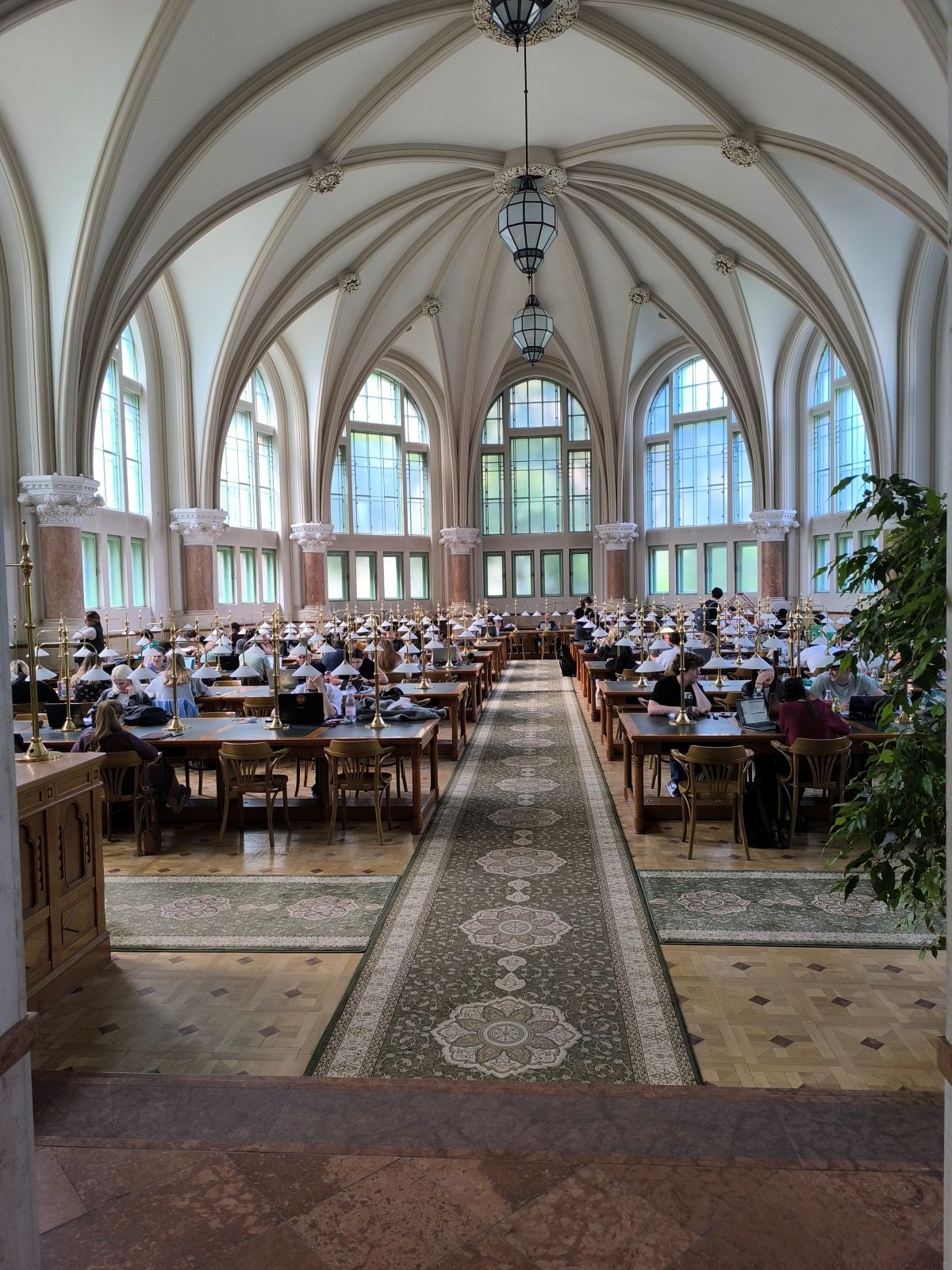
This was the spirit behind the official launch of the Danube Ruralscapes, a new European project co-funded by the Interreg Danube Region Programme, that aims to redefine the trajectory of village clusters across the region. Held on 28–29 May 2025, the event gathered participants from several Danube-bordering countries: municipal leaders, architects, researchers, NGOs, and national representatives - all united by a shared conviction: that the future of Europe runs through its villages.
“The countryside isn’t a relic of the past,” one speaker said. “It’s where the future of climate action, identity, and cooperation is being negotiated.”
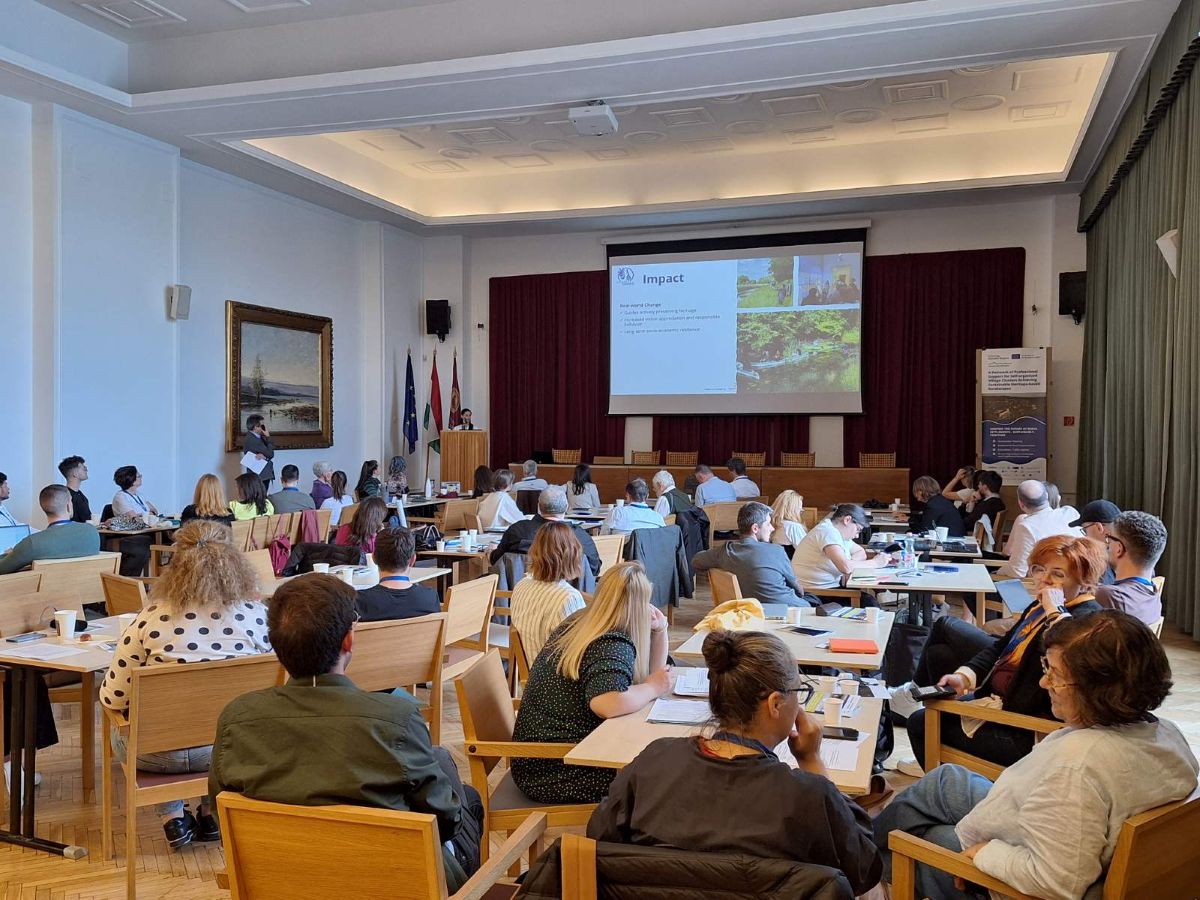
A New Kind of Rural Strategy
Danube Ruralscapes doesn’t focus on grand-scale infrastructure or fast-track growth. Instead, it listens - to place, to people, to the layered histories etched into buildings, fields, and riverbanks.
The project’s key idea is deceptively simple: co-create Architecture and Rural Landscape Identity Guides with communities in 7 pilot micro-regions. These guides will serve not only as planning tools but as cultural compasses - shaping how villages grow, renew, and connect to one another.
The project’s kickoff included:
- Presentations from each pilot region, offering a mosaic of challenges - from depopulation to policy gaps - and a showcase of assets
- Interactive workshops on communication, governance, and heritage
- Strategic discussions on bottom-up development, visibility, and cross-border alignment.
The energy was not just intellectual - it was personal. Participants spoke of their regions not as territories, but as homes.
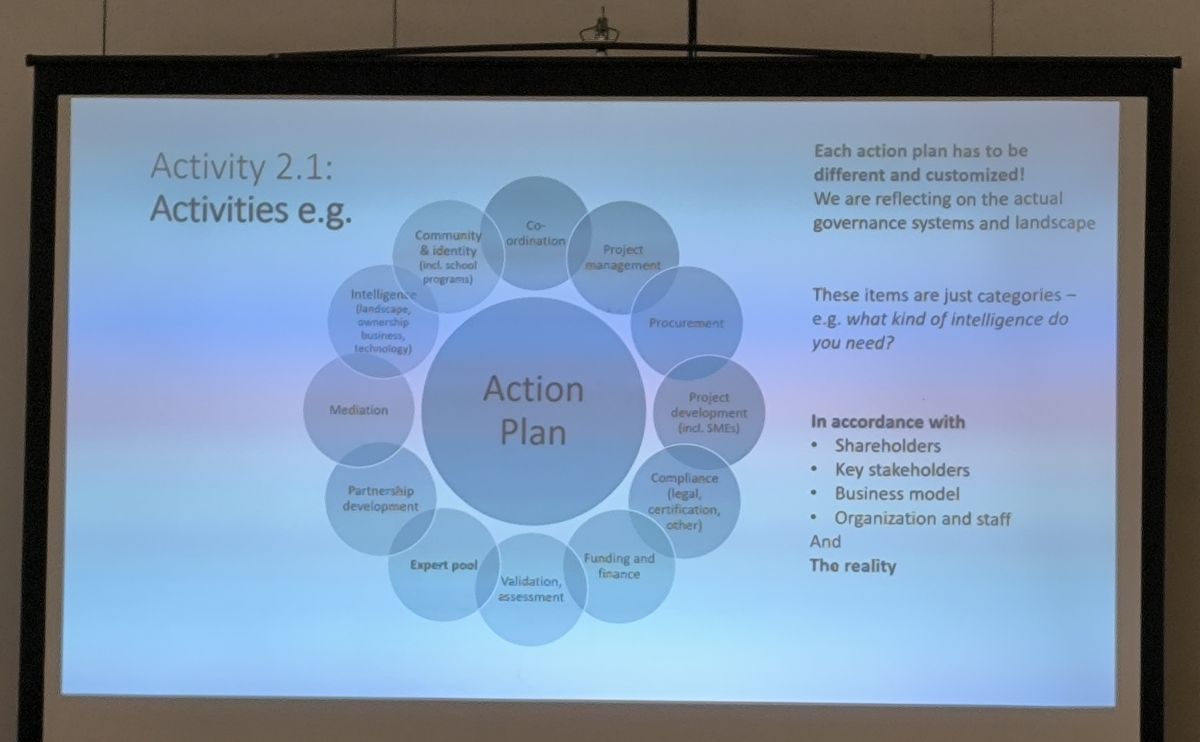
The Power of Partnership
Danube Ruralscapes is not alone. Its sister project, PlaceCRAFT, also launched at the same event. Together, the two initiatives form a unique alliance - one focused on architecture and identity, the other - on creative placemaking. Their shared kickoff was more than efficient scheduling - it was symbolic: a statement that rural innovation thrives when disciplines converge.
Also present was the DANUrB International Association, a legacy network from previous Interreg projects, which provided both a foundation and a springboard for future synergy.
“We’re not starting from scratch,” said Dr. Balint Kadar, BME. “We’re building on years of trust - and adding new tools to the table.”
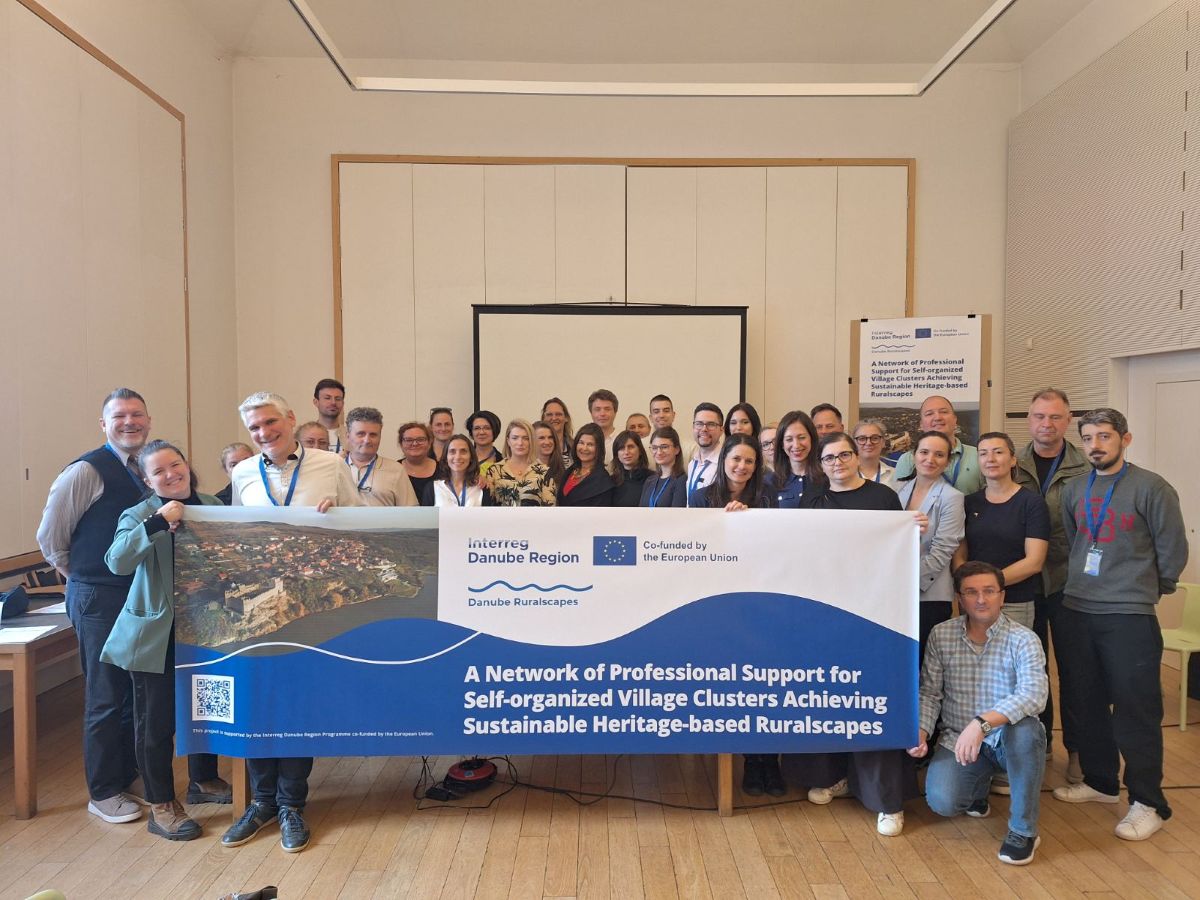
Communication as a Cornerstone
Beyond its technical aims, Danube Ruralscapes understands the importance of narrative. The project’s horizontal communication lead, NTC BG Guide (National Tourism Cluster "Bulgarian Guide"), emphasized the need to craft messages that resonate locally and regionally — turning pilot experiences into stories that inform policy and inspire action.
This approach ensures that the project doesn’t just speak to experts. It speaks to mayors, residents, architects, teachers, and cultural workers - the people who live rural realities every day.
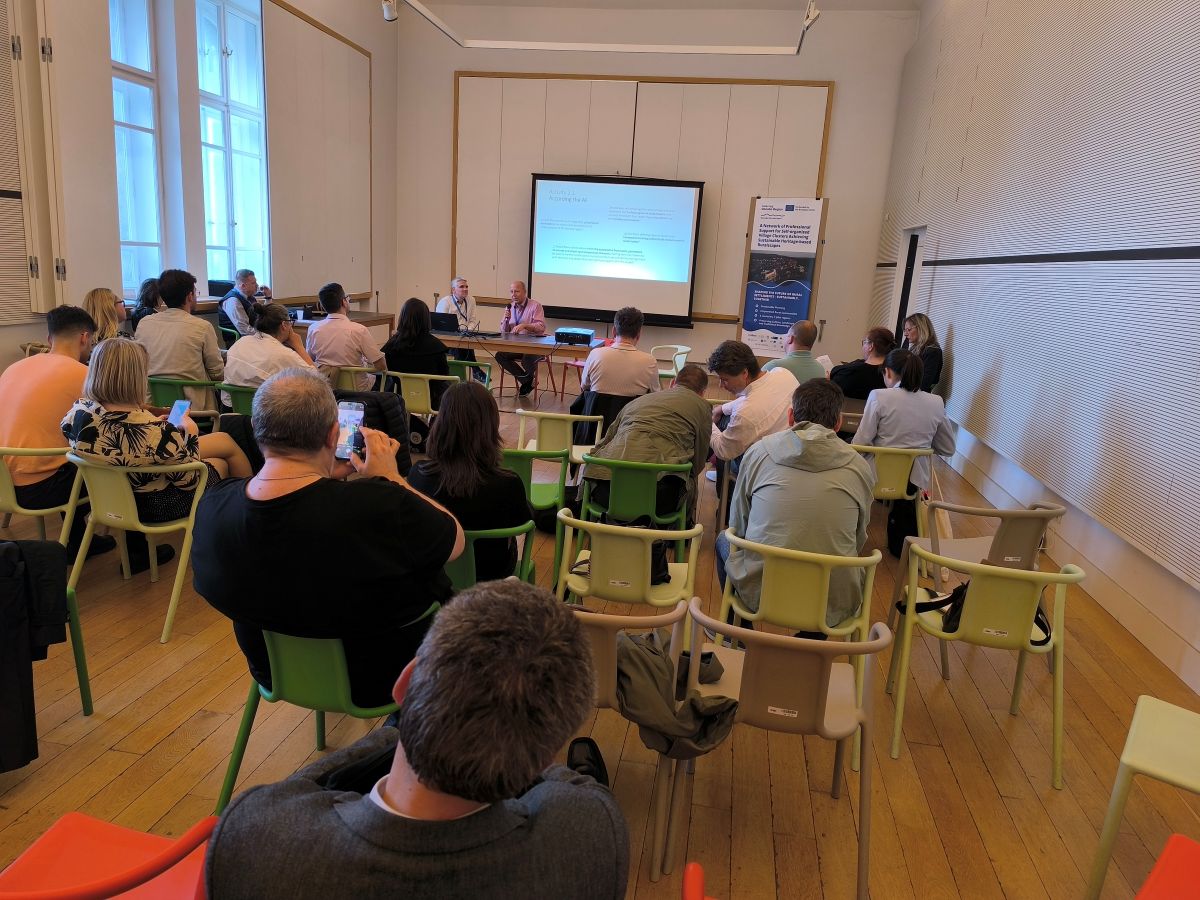
A Walk-Through Possibility
The event ended, not with a slideshow, but with a walk - a study trip to Hungary’s Ipoly Valley, where participants saw heritage-based development in action. Stone walls, repurposed barns, river trails - each site was a testament to what’s possible when community pride meets design thinking.
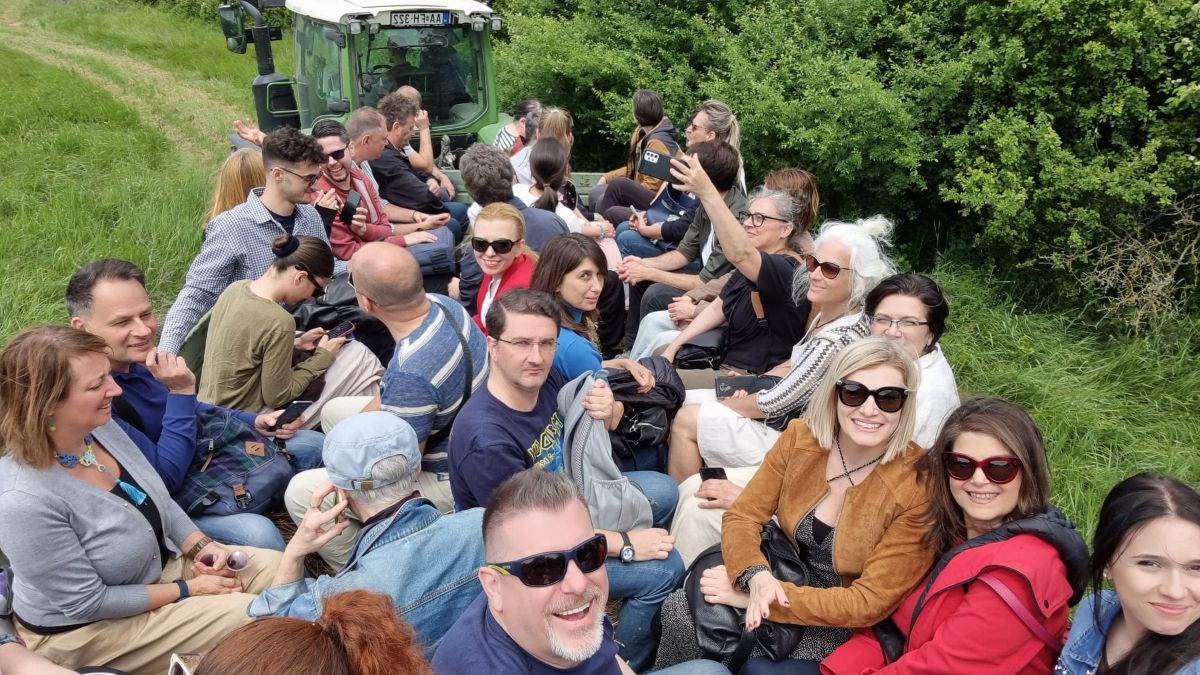
The Journey Ahead
Danube Ruralscapes will run through September 2027, but its true timeline is longer -measured not in months, but in the practices, networks, and values it seeds. Its legacy won’t just be written in reports. It will be found in villages that grow stronger by growing together.
In an age of polarization and urban pressure, Danube Ruralscapes offers a quiet revolution: rural places, empowered by identity, connected by knowledge, and guided by vision.
Because in the end, the Danube carries stories. And this one has just begun!
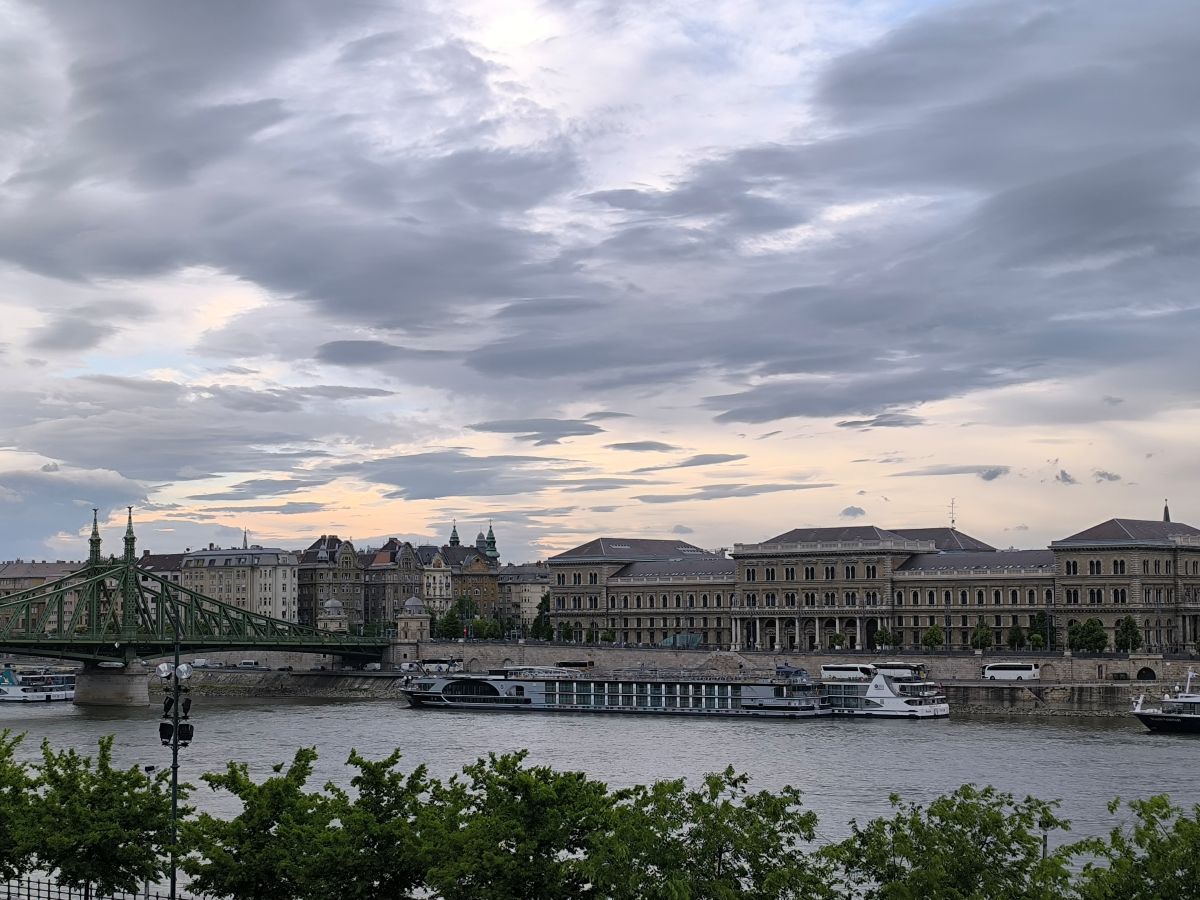
About the Project
“Danube Ruralscapes - a Network of Professional Support for Self-organized Village Clusters Achieving Sustainable Heritage-based Ruralscapes” project (2025 - 2027) is an Interreg Danube Region Programme project, led by the Budapest University of Technology and Economics (HU). It aims to support and empower village clusters in the Danube Region through heritage-based, climate-conscious, and community-driven development, by creating tools, strategies, and governance models that preserve identity while fostering sustainable rural transformation. The initiative builds on the legacy of the Interreg DTP DANUrB and DANUrB+ projects, which laid the groundwork for transnational cooperation in heritage-based development along the Danube. Through Ruralscapes, that foundation is evolving - with new tools, deeper rural engagement, and a stronger alignment with EU green and cultural policy priorities!
By Desislava Mincheva-Yordanova
This project is suppoted by the Interreg Danube Region Programme co-funded by the European Union.